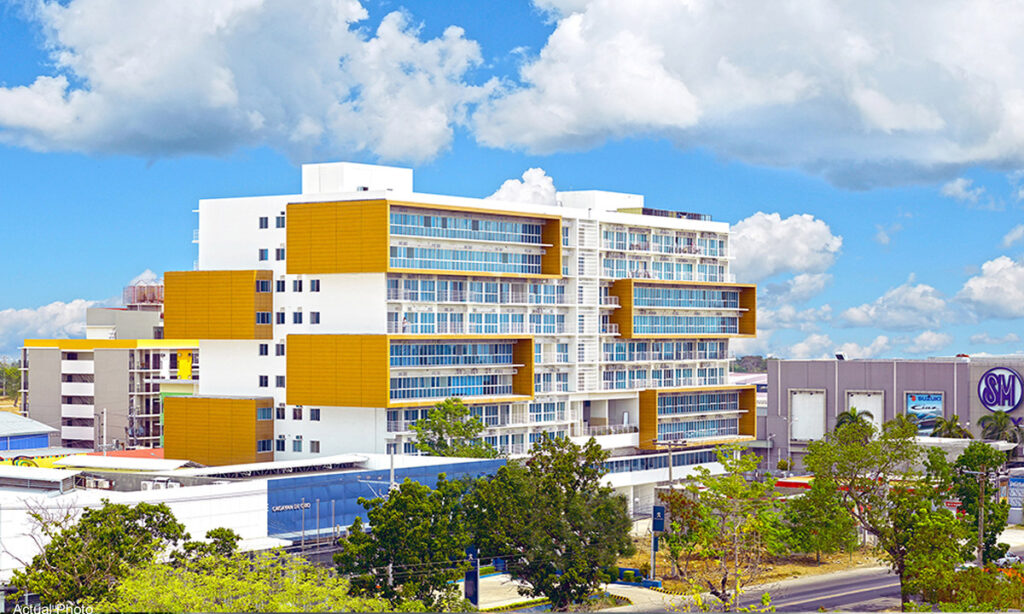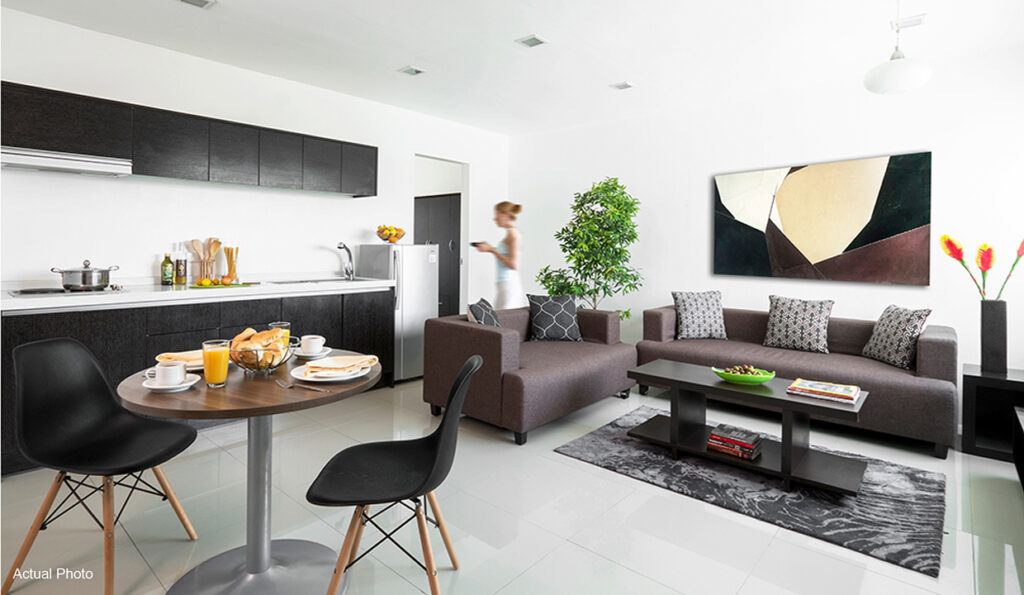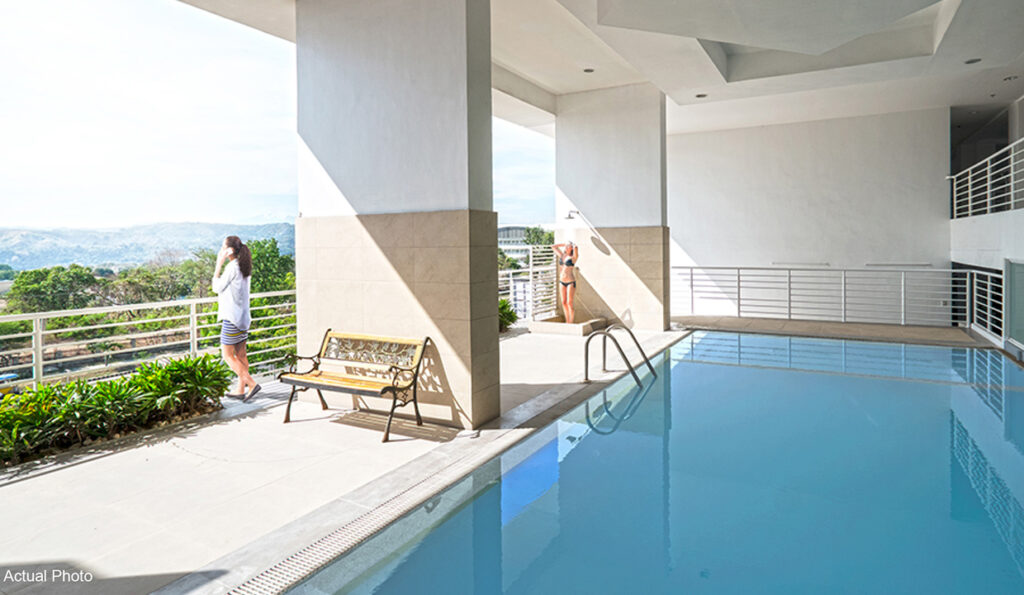Metro Manila is experiencing rapid urbanization. People around the country are migrating to the National Capital Region to work, study and pursue other activities. As a result, the big city has been feeling the pressure and effects of urbanization.
In 2009, Italpinas Development Corp. (IDC) began working on environment-friendly architecture, contributing to the development of the “next-wave” cities, by focusing on promising new cities outside Metro Manila. This contributes to the decongestion of the NCR, and helps spread economic growth outside Metro Manila.
Our proactive duo, myself as IDC chairman and IDC president Jose Leviste III committed ourselves to bringing about a progressive and sustainable future for urban communities in the Philippines.
When I arrived in the Philippines in 2008, I thought that Philippines cities had suburban areas with similar housing infrastructure comparable to those in European cities such as Rome, Milan, Palermo and Turin.

When I toured the country from Baguio in the north to General Santos in the south, I noticed that many cities did not have condominiums with the exception of Cebu and Metro Manila.
At the same time, I knew that the Philippines had been growing steadily, and is already considered a middle-income country with strong potential for yet more growth and development.
As such, I felt that more and more communities would be receptive to a broader range of well-designed, modern, sustainable, and convenient housing formats.
Jojo and I saw a window of opportunity to develop condominiums in emerging cities. We proceeded to build vertical housing projects in the next wave cities, specifically medium-rise structures to provide modern, convenient and comfortable homes.

Collaboration with local communities
Designing and constructing progressive real estate products is just one side of the equation.
Another thing that encourages development in emerging cities is the openness and helpfulness of municipal governments.
In Cagayan de Oro in Mindanao and Santo Tomas in Batangas for example, where we have ongoing projects, we have always appreciated the helpful and investor-friendly environment offered by the city.
Furthermore, emerging cities also show strong growth potential, which is sure to attract business and investment. This could be accentuated by continuing the many ongoing developments in the facilities and the infrastructure that locators would need in doing their respective businesses. Development of hard infrastructure such as roads, telecoms, bridges, airports, seaports as well as health infrastructure such as hospitals are being established by many LGUs, and these are all great investments in future economic dynamism.
Mobility is an important frontier to watch in the evolution of Philippine urbanism.

Affordable and efficient transport systems are coming into play, and there is a range of solutions that are available to different cities in different stages of infrastructure development, such as bus and bike lanes, and pedestrian-friendly zoning to connect transport hubs with popular destinations like commercial centers and business districts.
The Philippines’ Great Advantage
Soft infrastructure is one key component to the growth of emerging cities.
This refers to brain power, such as talent, education, and a dynamic workforce. These are things that the Philippines is fortunate to have.
From a real estate developer’s perspective, our work in emerging cities can help reward the workforce with greater choice than they had before. Where talent used to flow to Metro Manila by default, it is our hope that development of sustainable and progressive housing, greater lifestyle options, and more commercial dynamism, will give workers a choice between going to the big cities and finding comparable opportunity right in their hometowns.
The green agenda must be consistent in an emerging city as a response to global warming and climate change. Communities could work together over measures and policies in championing sustainability. Stakeholders include LGUs, civil society organizations, business, youth sector and religious groups.
The IDC way
Right now, IDC is present in Cagayan de Oro and Sto. Tomas, Batangas.
We selected Cagayan de Oro because it is the hub of Mindanao where there is a presence of several business establishments, business process outsourcing companies and leading universities.
We believe these indicators could make Cagayan de Oro one of the progressive cities in the country.
We were impressed with the potential of Cagayan De Oro City as it emerged as the hub of Mindanao where people from the different parts of the regions converge to pursue different activities. The different indicators gave us the confidence to invest in Cagayan de Oro.
IDC got the ball rolling when it built Primavera Residences , a seven-tower mixed-use development in Cagayan de Oro to be completed in four phases. Citta Verde, the first phase, will have 247 residential units.
Just like Primavera Residences, Primavera City is also a showcase of environmental sustainability. It has an Excellence in Design for Greater Efficiencies (EDGE) certification.
The mixed-use Primavera Residences, meanwhile, has been cited as Best Mixed-use Development in the Philippines by Property Awards. One of the green features of Primavera Residences is the integration of renewable energy features – passive for saving and active for generating power – with architecture. Just like Primavera City, Primavera Residences is also EDGE-certified.
